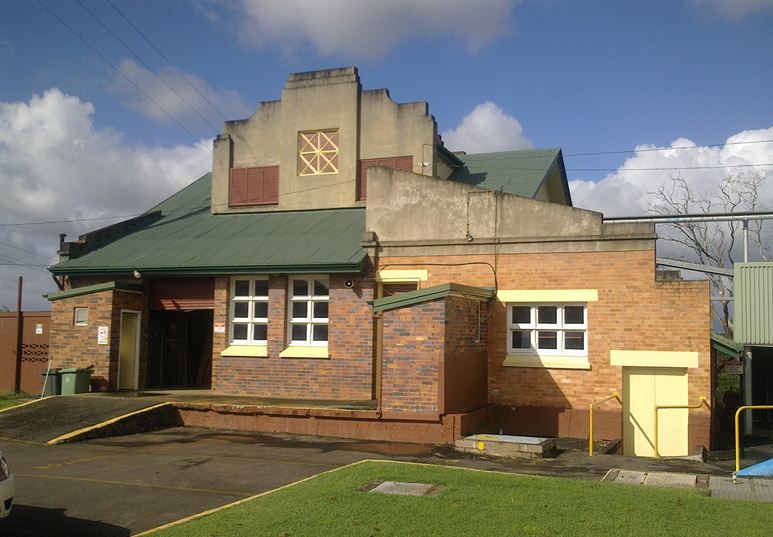Flashback Fridays: Drinking Water Quality

In this edition of Flashback Fridays we track the history of drinking water quality as water taken directly from streams and off-stream storages became increasingly contaminated in the growing towns of early Queensland. Dysentery outbreaks occurred as early as the 1820s in Brisbane and disease continued to be common, particularly in summer. Waterborne diseases were reported in Toowoomba and Rockhampton and suspected in many other early town supplies in the 1800s.
Although the existence of microorganisms had been known since 1675, linking disease with drinking water first occurred with an 1854 cholera outbreak in London and more conclusively with Pasteur’s experiments in the early 1860s. Regular testing for bacteria in drinking water commenced in London in 1885 and by this time most large European towns had been sewered, reducing the risk of contamination of water supplies with human pathogens.
In Queensland a Health Bill was introduced to Parliament to establish Municipalities as Local Boards of Health, but it was unsuccessful and it was not until the Health Act of 1872 that the Queensland Board of Health was created with responsibility to oversee local boards appointed by the Municipalities.
 Improvements were gradual from this time as was the constant decrease in disease contributing to the death rate. In the mid 1880s, Queensland Government engineers were recommending routine water analysis for some of Queensland’s supplies but this was slow to be introduced. In the early 1890s Powell (1991) reports the Brisbane Water Board “was reluctant to spend its money on modern chemical treatment or on any other routine improvement in water purification.”
Improvements were gradual from this time as was the constant decrease in disease contributing to the death rate. In the mid 1880s, Queensland Government engineers were recommending routine water analysis for some of Queensland’s supplies but this was slow to be introduced. In the early 1890s Powell (1991) reports the Brisbane Water Board “was reluctant to spend its money on modern chemical treatment or on any other routine improvement in water purification.”
In fact, routine disinfection of urban water supplies was not practiced anywhere until the first chlorination in Belgium, England and America in the first decade of the 1900s. Gympie’s Jones Hill Water treatment plant was built in the early 1900s and Brisbane’s first drinking water treatment process was installed in 1912.
Over time water treatment was introduced across the State, though it took until 2009 for mandatory water quality testing and reporting (to the State Government) to be introduced. In other States mandatory reporting had been required for many years and the majority of Queensland Water Service Providers had adopted water testing with internal reporting protocols.
As part of the new water quality regulatory framework, Drinking Water Quality Management Plans were required for large, medium and small service providers by 2011, 2012 and 2013 respectively. At the time of writing (2013) the majority of service providers had completed these plans, sometimes with assistance from the State, but the regulatory framework was still being developed.
Feature image: The Jones Hill Water Treatment Plant was built to provide for the mining expansion, using mining tunnelling techniques to construct the inlet works. It is a historically significant building, being one of the oldest Water Treatment Plants in the State, and provides water to parts of Gympie and surrounds. Only in the last decade have some of the timber stave trunk mains from the plant been replaced by modern pipe systems. Unfortunately, none of the old sections could be reclaimed. They would have made a great reminder of the historical significance of the water supply network itself.
Information and image provided by Shaun Johnston
Back to list